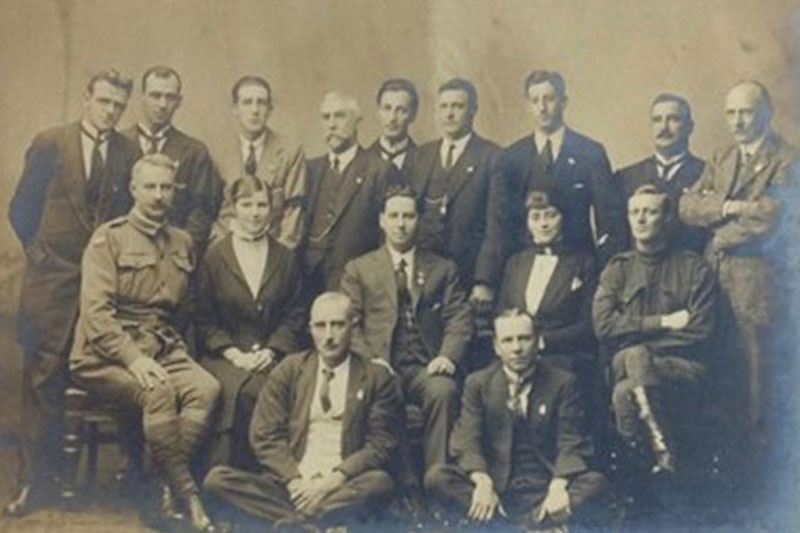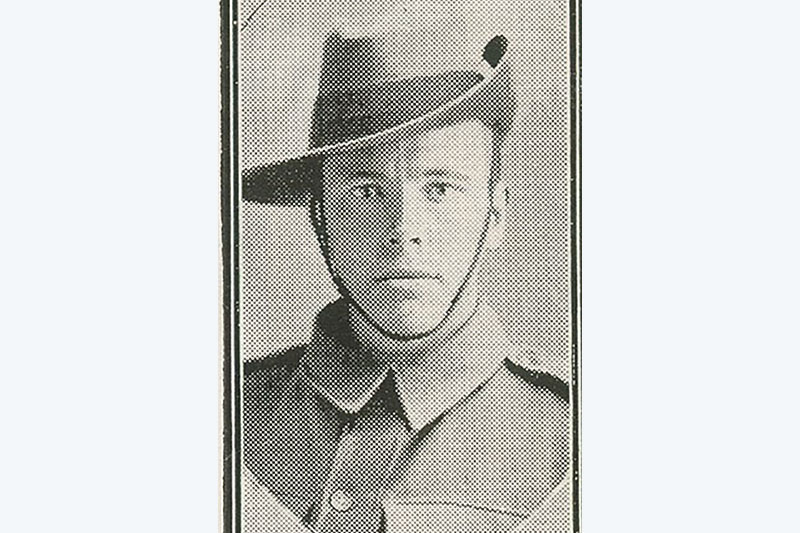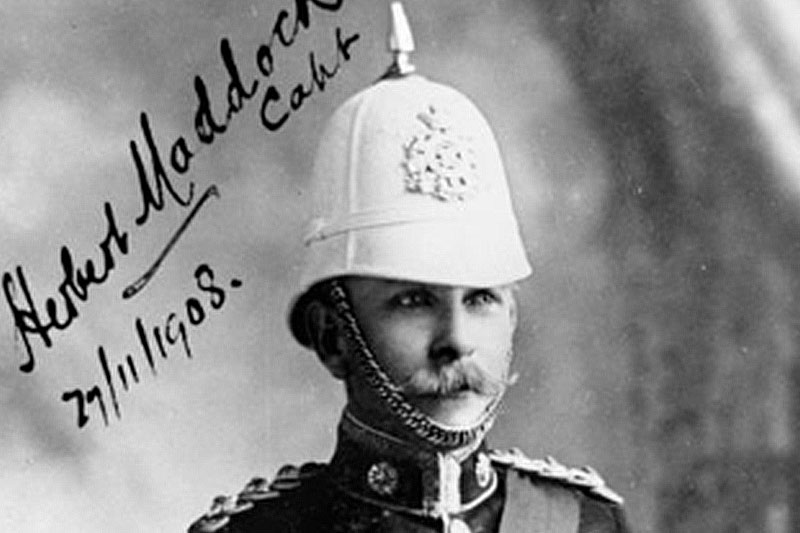15 May 2024
Camaraderie and Care
By Dr Susan E. M. Kellett
This article is the first of a two-part series examining the four Queensland delegates who voted to create the Returned Sailors and Soldiers Imperial League of Australia (RSSILA) – the forerunner to what we know today as the RSL – in June 1916.
When wounded and sick members of the Australian Imperial Force (AIF) began returning to Australia in early 1915, they banded together to form clubs and associations. For many returned men, a shared experience of war created lasting bonds that transcended the religious and class divides of the time.
Delegates at the June 1916 meeting in Melbourne - Sidney Cripps (seated rear row second from left, Herbert Maddock (standing right of rear row), William Burns (seated left of front row), John Collins (seated right of front row). Image courtesy of RSL Australia.
The Returned Soldiers’ Association (RSA) was just one of hundreds of groups formed. Victoria was the first state to establish an RSA in September 1915, followed by New South Wales and South Australia. Queensland formed its RSA in February 1916.
Each RSA operated independently. As men continued to return from the front, membership grew, and it was not long before the political advantages of federating into a national organisation became apparent.
In June 1916, delegates from the state branches of Queensland, Victoria, NSW and South Australia met in Melbourne. Tasmania could not afford to attend, and Western Australia was yet to appreciate the benefits of federating. From this gathering, the RSSILA was born.
John Collins
Sergeant John Collins was the youngest of the four Queensland delegates. Born in 1890 in the Victorian river port of Echuca, Collins learned of vacancies for telegraphists in Queensland while working as an assistant at the local post office. After passing the necessary exams, he transferred to Brisbane in 1912.
When war was declared two years later, the 24-year-old enlisted and, by Christmas 1914, had embarked with the 15th Battalion. Collins landed at Gallipoli on the afternoon of 25 April 1915. While scaling the steep terrain, he was felled by a gunshot to the knee.
The young infantryman was evacuated to Alexandria where his convalescence was complicated by fainting episodes. Declared medically unfit, Collins returned to Brisbane where he was discharged.
Collins became a driving force in the newly formed RSA. He was elected as Secretary and continued in this role after the RSSILA was established. Collins proved to be a capable administrator and quickly raised £4,000 for the fledging League.
In early 1917, he resigned from the RSSILA to pursue a senior role within an insurance company. By September 1918, Collins was back in uniform, only to be discharged two months later when the Armistice was declared.
Not to be deterred, he re-enlisted a third time and served in London as part of the AIF’s demobilisation efforts, until illness led to his discharge in early 1920.
After returning to Australia, Collins settled in Sydney and served on the committee of Bondi RSL Sub Branch, before being elected Sub Branch President. Collins was recognised for his work for the veteran community with an OBE in the 1954 Queen’s New Year’s Honours. He died at Randwick Hospital in 1959, aged 68.
Herbert Maddock
At 46, Captain Herbert Maddock was the oldest of the Queensland delegates. Maddock was a professional public servant who in 1883 joined the Queensland Treasury Department at the age of 14.
Twelve months later, Maddock enlisted in the state’s colonial forces as a bugler with the Darling Downs Regiment. In 1884 he transferred to the Volunteer Queensland Rifles and, three years later, was commissioned into the Moreton Regiment.
Maddock was working in the Harbour and Rivers Department when Australia went to war in 1914. He enlisted in the AIF in May 1915 and one month later embarked as Commander of the Sixth Reinforcements, 9th Battalion.
Maddock’s war was, like Collins’, a short one. After arriving in Egypt, he was incapacitated by insomnia and declared medically unfit.
Maddock returned to Brisbane where, in November 1915, he was discharged and resumed his public service career. After meeting Collins, Maddock joined the RSA and became an active member of Brisbane's returned community.
He served on the RSSILA’s state board until 1919 when Districts and Sub Branches were established in Queensland. Maddock became a member – and eventually President – of the influential Brisbane RSL Sub Branch.
After retiring from the Taxation Department, Maddock kept busy working with the veterans of the Morton Regiment and arranging social events. He died in 1944, aged 78.
Read part two of this article in the next edition of Queensland RSL News.
About the author
Dr Susan E. M. Kellett is a historian whose research interests include Australia’s commemorative history and the early years of the RSL in Queensland. She is also the Senior Manager: Wellbeing Services at RSL Queensland.




